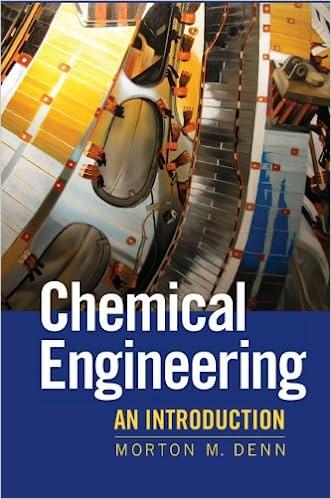Question
(a) Compare and contrast the following two methods for measuring burning velocities for fuel air mixtures over a range of temperatures and pressures.(i) The flat
(a) Compare and contrast the following two methods for measuring burning velocities for fuel air mixtures over a range of temperatures and pressures.(i) The flat flame burner heat flux method.(ii) The spherically expanding flame method within a closed vessel.In your answer you should briefly explain the basis of the experimental methodology as well as any assumptions used to derive burning velocities from measured quantities for each method and associated uncertainties.
(b) Define what is meant by quench distance (QD) for a fuel air mixture and explain the differences between the QD for natural gas vs. hydrogen in air.
(c) (i) Calculate the required fuel and air mass flow rates and the total volumetric flow rate for a premixed laminar flame burner using natural gas with an a thermal output of 25 kW. Estimate the number of required burner holes for a design that does not have a risk of flash back into the upstream remixing passage. You may assume in your calculations an overall efficiency of 87% and a NCV (net calorific value) for natural gas of 50MJ/kg. The density of the mixture can be taken to be 1.2 kg/m3 and you can assume that the stoichiometric Air to Fuel Ratio (AFR) for natural gas 17.2:1. Explain your reasons for any further assumptions made.
(ii) For the same heat output and based on the same efficiency, what would be the required fuel flow rate and total volumetric flow rate if hydrogen was the fuel, based on a NCV for hydrogen of 120 MJ/kg?
(iii) Would a premixed design be a good choice for a hydrogen burner? Explain the reasons for your decision.
(iv) Estimate the number of circular burner holes required for the design of a suitable hydrogen burner for the same heat output of 25 kW. Comment on whether a circular design is feasible for a hydrogen burner. [You may assume that the density of hydrogen at room temperature and atmospheric pressure is 0.08375 kg/m3 and that the stoichiometric AFR for hydrogen is 34:1.]
Step by Step Solution
There are 3 Steps involved in it
Step: 1

Get Instant Access to Expert-Tailored Solutions
See step-by-step solutions with expert insights and AI powered tools for academic success
Step: 2

Step: 3

Ace Your Homework with AI
Get the answers you need in no time with our AI-driven, step-by-step assistance
Get Started


